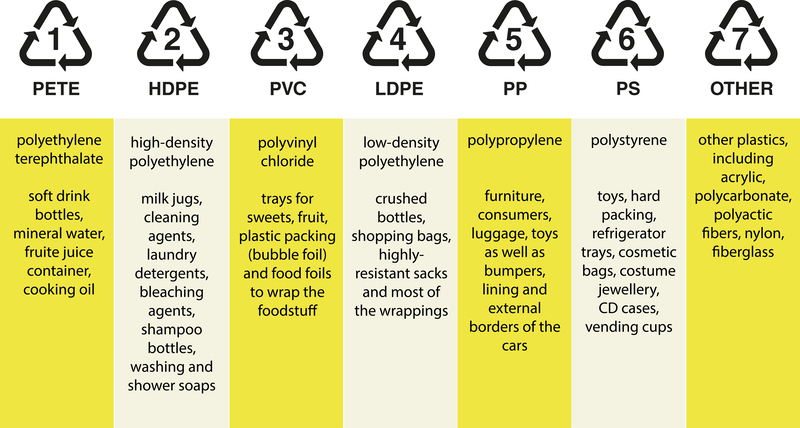Posted on 09/01/2025
Greening Your Office to Minimize Waste
In today's eco-conscious world, businesses have an increasing responsibility to adopt sustainable practices. Greening your office isn't just good for the planet; it's also beneficial for your bottom line. Adopting practices to minimize waste in your office can lead to significant savings and a better working environment. Here's a comprehensive guide to help you make your office greener and reduce waste.
Assess Your Current Waste
The first step in greening your office is understanding the current waste output. Conduct a thorough waste audit to identify the types of waste produced and their sources. This will help you pinpoint key areas for improvement.

Implement a Recycling Program
Starting a recycling program is one of the simplest and most effective ways to reduce waste. Ensure you have clearly labeled bins for paper, plastic, metal, and glass in easily accessible locations around the office. Educate your staff on the importance of separating waste and the benefits of recycling.
Go Paperless
Transitioning to a paperless office not only reduces waste but also improves efficiency. Encourage the use of digital documents and emails instead of printed copies. Invest in good-quality scanning equipment to make it easier for employees to digitize existing paper documents.
Encourage Reusable Items
Single-use items such as plastic water bottles and disposable coffee cups contribute significantly to office waste. Provide employees with reusable water bottles and coffee mugs. Install water refill stations and encourage the use of personal cutlery and dishes.
Opt for Sustainable Office Supplies
Choose office supplies made from recycled materials. Look for environmentally friendly brands and prioritize products that are biodegradable or recyclable. Buying in bulk can reduce packaging waste and cut costs.
Implement a Composting Program
If your office has a kitchen or break room, consider implementing a composting program. This can significantly reduce the amount of food waste in your office. Place compost bins in common areas and arrange for regular pick-ups by a local composting service.
Reduce Energy Consumption
Energy consumption is another critical factor in minimizing waste. Use energy-efficient appliances and lighting. Install motion sensors to ensure lights are only on when rooms are occupied. Educate employees on the importance of turning off equipment when not in use.
Pros and Cons
Pros:
- Reduced waste and environmental impact
- Lower operating costs
- Improved employee morale
- Enhanced corporate image
Cons:
- Initial setup costs
- Time investment for training and implementation
Tips for a Greener Office
- Encourage carpooling, biking, or using public transport to reduce carbon emissions.
- Organize regular sustainability workshops to keep employees informed and engaged.
- Install air purifying plants around the office to improve indoor air quality.
- Partner with eco-friendly vendors and service providers.

Takeaways
Greening your office involves a series of small changes that collectively have a significant impact. Conducting a waste audit, encouraging recycling, going paperless, and opting for sustainable office supplies are essential steps. While there may be initial costs and time investments, the long-term benefits far outweigh these downsides.
Conclusion
Going green in your office is not just a trend but a responsible step towards sustainability. By implementing various waste-reduction practices, you can create a more efficient, cost-effective, and environmentally friendly workplace. Start by making small changes today, and watch your office transform into a green, waste-free haven.
Latest Posts
Tips for Proper Disposal of Regular Waste
Garbage Cleanup Bags - Efficient Skip Substitute

































 Get a Quote
Get a Quote